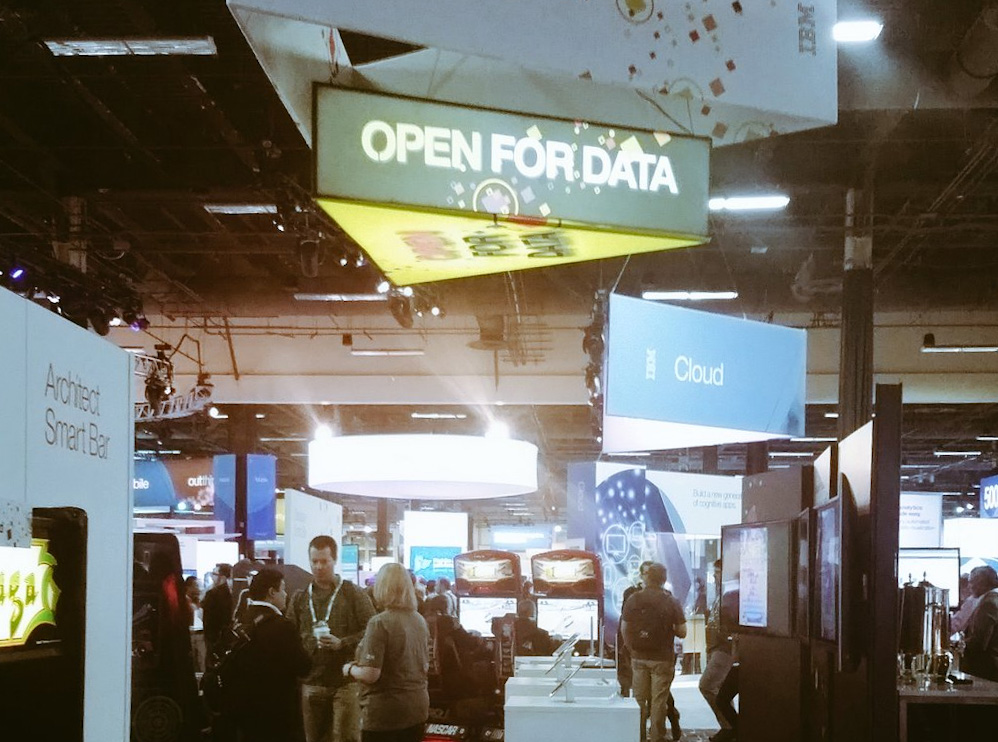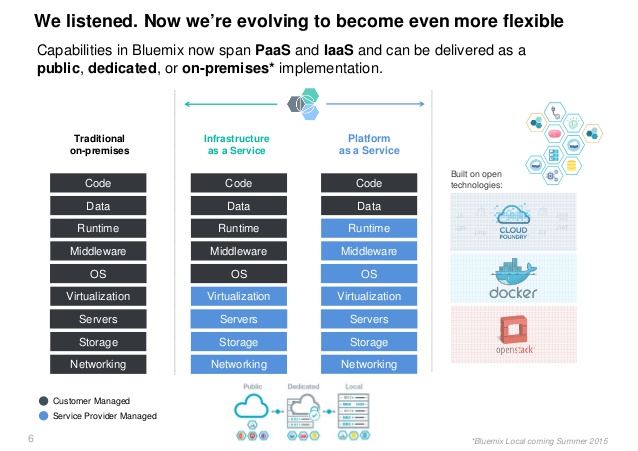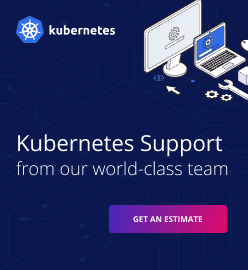Bluemix and Sea Change at IBM InterConnect 2016

My head is spinning. Not literally, of course, but in a certain figurative way brought on by over-stimulation, stress, and a feeling of sea change.
“…doth suffer a sea-change, into something rich and strange,” wrote Shakespeare in The Tempest, in the original use of the word.
Rich and strange beith the world today indeed.
Cloud Foundry a la IBM
This is meant to be an article about Cloud Foundry and the IBM Bluemix implementation of it. Bluemix was on high display at the recent IBM InterConnect in Las Vegas, which drew 24,000 people and featured a magnificent performance by Elton John and his band at the event’s close. It’s a good life, attending this sort of thing.
However, Bluemix is just part of a vast landscape of strategies, products, and services contained within the modern IBM portfolio. InterConnect had a couple of major themes: Outthink Limits (which in the end wasn’t promoted heavily) and Open4Data (which was).
Thus, some over-stimulation is inevitable at an event of this size. We are sorting through hundreds of gigabytes of video we recorded, speaker presentations, and notes our team of several people took over the course of the conference. There are insights in this source material to last several months.
#OpenForData #ibminterconnnect. On a panel soon. My interest: unstructured #Zettastructure @IBMAnalytics @dcdrockett pic.twitter.com/w9TnsoSsAd
— Roger Strukhoff (@IoT2040) February 24, 2016
The real world intrudes
The stress comes with the backdrop of this event—and of all of our little technology industry—in this election year of 2016. The Nevada caucuses were held during the week of InterConnect, with a result in one of the parties that confirmed the unsettling nature of this year’s campaigning.
As Apple wages an important battle against the FBI and Obama Administration over the rights of hundreds of millions of its products users versus the prerogative of the federal government to investigate terrorism, the United States is simultaneously seeing the re-emergence of a glib, unfunny Know Nothingism in its politics. The original Know Nothings of the mid-19th century (formally known as The American Party) had a mercifully brief, ultimately unsuccessful run. They also did not live in an age of instantaneous, ubiquitous communication and nuclear weapons.
As untoward as it may seem to discuss politics in a technology blog, this writer must say that the entire technology industry must be aware that we could be frogs slowly cooking in water that we choose to ignore is getting hotter and hotter.
All of our dreams of cloud-computing architectures, PaaS-driven deployments, the resultant DevOps cultures and continuous integration, and a puissant contribution to socioeconomic improvement worldwide will not come true, should we ignore The Coming Storm.
To see HPE CEO —an unsuccessful politician yet still-respected business leader—tilt strongly against these winds was a reminder that, like it or not, our little industry is affected by large forces. I see no obligation for other major tech company CEOs to follow Meg’s course; she was uniquely involved in this campaign with one of the major candidates. My instincts tell me that there is disquiet in the hearts of many of them, though.
ASP > SaaS > PaaS + Cloud
With that, we move onto the sea change, which began in 1998–99 with the original Salesforce SaaS and VMware virtualization. (Some would argue that the emergence of ASP years earlier was the harbinger of this change.)
Suddenly, the traditional siloed IT infrastructure was challenged. The progressive among IT managers and execs saw that:
- One could have software delivered as a service instead of as a product.
- The hardware on which it ran could be sliced, diced, and shared.
This leads to contemporary times, in which public-cloud services from Amazon alone have reached more than $10 billion annually, and in which perhaps 20% of a global $2 trillion spend is cloud-ish in one form or another.
I would contend that the platform—e.g., Bluemix—sits in the center of the modern enterprise IT architecture. It may do so precipitously, in a position “above the rack and below the stack.”
This clever new phrase represents a worldview in which the complementary realms of software and hardware are seen as a continuum within the data centers that are the engines of modern IT. Yet one should ask, “isn’t the operating system (e.g., Linux) at the bottom of the hardware stack? Isn’t this where the connection to the hardware sits?”
The platform is the thing
Ah yes, but this is where the platform barges in and takes over. I would have love to have seen PaaS during my early days in the mid-80s as the de facto system administrator for a new Unix-based system from Callan Data Systems, which I fondly named the Anti-Christ.
Cloud Foundry (in all its distros) handles the arcania of OS administration, as well as several other lower-level, difficult, often tedious, software-driven functions. You just handle the application/service and data. The platform thus appears, to you the developer or operators, as the connection to the hardware. What’s not to like?
IBM InterConnect featured use cases from most every vertical market imaginable, highly specific deployment details, and a lot of aspirational talk about the power of real-time analytics to make organizations smarter, faster, and more efficient.
InterConnect allowed attendees to sail the sea change in all its richness and strangeness. The platform pushes the application or service to the hardware, aided as required by configuration management as well as monitoring and performance management software, and strengthened by frameworks, databases, and other key software tools.
Data processing (to use a venerable term) is spread across multiple servers, multiple racks, even multiple datacenters. The illusion of infinite elasticity and the reality of vastly reduced provisioning (and de-provisioning) times allows organizations to process orders as never before, to view what’s going on within its systems as never before, and set big, hairy, audacious goals (BHAGs) as never before.











